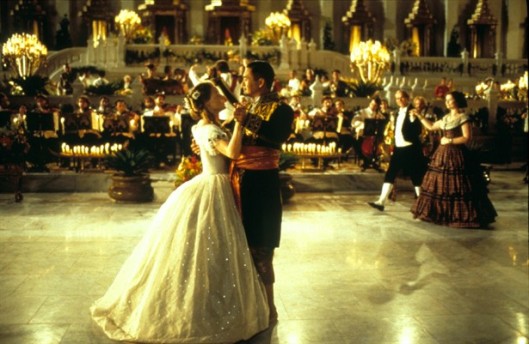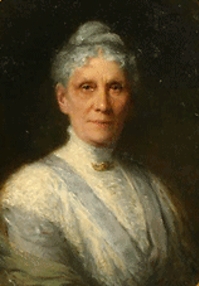Several months ago I wrote about the beautiful portrayal of a father/daughter relationship
presented in the movie Anna and the King.
What I didn’t write about was the heartbreak…
Not every point of the story spoke of beauty,
not all Anna experienced was enviable.
Her life was one of heartbreak, many times over…
The loss of her husband left her a widow,
left her son fatherless.
After arriving in a foreign country to begin her new vocation,
events did not take place as she expected.
Witnessing injustices, she longed to help,
but was told to stay out of matters that did not concern her.
An invisible enemy killed innocents,
bringing turmoil to all within the small empire.
When a deadly fever claimed the life of the king’s cherished daughter,
she and others stood by, helpless, grief-stricken.
An unnecessary execution took place.
When enemies threatened the king and the royal family,
they fled for their lives,
from those who had been viewed as trusted friends—
but whose real intention was to kill,
to overthrow the palace.
In the end, Anna and the king parted ways,
having overcome their differences,
they had grown to love and admire each other deeply.
Yet, an even greater heartache exists, behind this story.
Having seen the movie, and loving history,
I became fascinated with this courageous woman,
and began researching the story of Anna Leonowens.
Instead of a heroine, though, I learned her memoirs had been exaggerated,
instead of courage I found duplicity.
Fiction replaced facts on several levels,
including her birthplace, her last name,
her husband’s occupation and rank,
the circumstances surrounding his death,
her position in Siam,
the personality of, and the views and decisions made by King Mongkut,
an execution, which never took place,
and the romance between Anna and the king—
all had been completely fabricated.
Mrs. Leonowens sensationalized her five- or six-year career in Siam,
went as far as claiming credit for the modernization of the country.
Perhaps in her boredom, daydreams took over.
Or in desperation, facing limited choices for securing a future,
she used her gift of storytelling to overcome poverty and heartbreak?
From what we know about the Victorian era,
women didn’t have the same opportunities or voice we have today.
At the time North Americans were highly interested in foreign affairs.
She decided to use her position in Siam as the base of a literary and speaking career.
Since the real events weren’t all that interesting,
her fanciful embellishments made the stories more appealing.
But the tale lost its charm when I discovered lies woven throughout.
The real Anna was not a woman I can admire.
She was a woman I pity.
Yes, the difficulties she faced were real.
A loved one died… her child lost a parent…
living expenses would need to be provided for by her own two hands,
while additional burdens only increased the instability of a life
already tinged with hardship.
While at first, audiences admired Anna’s stories,
eventually time and circumstance revealed the truth—
and the real Anna was found out.
(One biographer loosely refers to her as a con-artist.)
~ ~ ~ ~ ~
What do we do with disappointment, disillusionment?
How should we handle sorrow?
When life dumps at our feet challenges or responsibilities unsolicited, unwanted,
do we find solace in a fantasy world of our own making?
Escape reality through substance abuse?
Present a disguise of who we long to be, while hiding our true inadequacy?
How do we survive heartbreak of aspirations that never materialize,
the disenchanting, mundane-ness of our earthly existence?
To be continued…
(Photo of Anna Leonowens courtesy of the Public Domain.)


